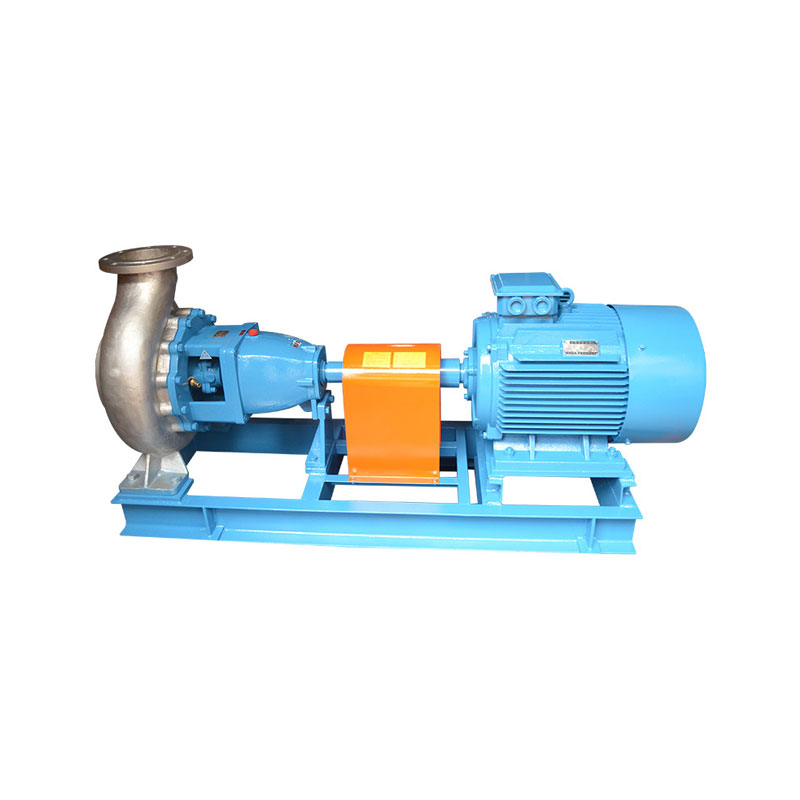What is the working principle of a centrifugal pump?
The transportation of chemical raw materials in pipelines of chemical plants, the stable water supply in urban water networks, and the water transmission in farmland irrigation systems all require the use of centrifugal pumps to achieve efficient fluid transportation. As the core equipment for industrial fluid transportation, the working principle of centrifugal pumps is based on the fundamental theories of fluid mechanics and mechanical transmission.

Centrifugal pumps achieve fluid dynamics conversion through centrifugal force. The core component, the impeller, rotates at high speed driven by a motor. The fluid between the blades is subjected to centrifugal force and accelerates along the flow path from the center to the edge. This process follows Newton's second law, and the kinetic energy obtained by the fluid is closely related to the impeller speed and blade curvature. Experimental data show that when the impeller's linear velocity reaches 15-25m/s, the fluid can obtain effective kinetic energy for transportation and be rapidly thrown from the center to the edge of the impeller.
After entering the volute-shaped pump casing, the kinetic energy of the fluid is converted into pressure energy through the diffuser structure. According to Bernoulli's equation, the gradually expanding flow channel of the pump casing reduces the fluid velocity and increases the pressure accordingly. The typical diffusion angle of a volute design is 8°-12°, which can effectively convert 70%-80% of the fluid's kinetic energy into pressure energy, meeting the requirements of long-distance and high-lift transportation. This energy conversion mechanism ensures that the fluid has sufficient pressure to achieve vertical lifting or long-distance transportation.
The operation of a centrifugal pump relies on a complete fluid circulation system. Before starting, the pump cavity must be pre-filled with fluid to expel air, avoiding the "cavitation" phenomenon caused by the density difference between gas and liquid, which would render the centrifugal force ineffective. During operation, the low-pressure zone formed by the rotation of the impeller creates a pressure difference with the atmospheric pressure at the liquid surface, driving the fluid to continuously enter the pump cavity. After being worked on by the impeller, the fluid is discharged through the pump casing, forming a stable transportation cycle. This self-priming mechanism based on pressure difference ensures the continuous operation of the centrifugal pump.
With its mature working mechanism, centrifugal pumps are widely used in various fields. In the petrochemical industry, centrifugal pumps made of special materials and with sealing structures can withstand temperatures above 200°C and strong corrosive media. In agricultural irrigation systems, variable frequency regulation is used to supply water as needed. In municipal water supply networks, multi-stage centrifugal pumps are utilized to achieve stable high-lift water transportation. With the development of composite materials and intelligent monitoring technologies, centrifugal pumps are continuously evolving towards high efficiency, energy conservation, and intelligent operation and maintenance, providing more reliable technical support for modern industrial fluid transportation.




